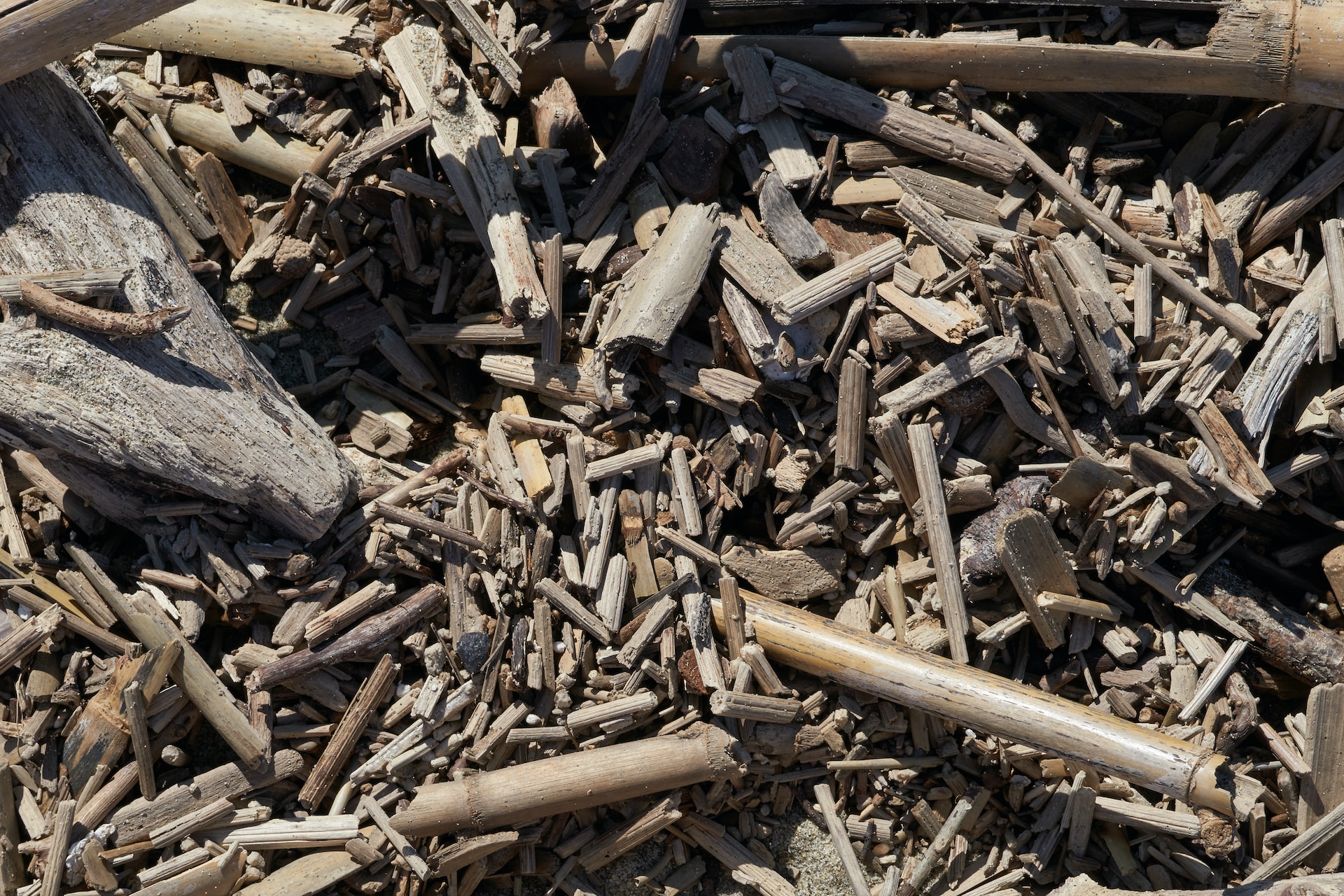Pellet production has become popular over the past few years. Pellets first began to be produced in 1970, but the pellet industry only really developed in 1990. Pellets are fuel in the form of pellets. In Poland, pellets have become one of the most widely used energy sources. More and more people are choosing to produce pellets for their own consumption. In this article, we will discuss the profitability of producing pellets for own consumption and the details and challenges of production.
Pellets: what are they used for?
Pellets are pellets made from wood or vegetable waste, such as sawdust, shavings or straw. Wood pellets are made from coniferous and deciduous tree cuttings collected from forests or from a sawmill. These raw materials are dried and crushed into fine chips, which are then pressed under high pressure with a die that produces pellets of the right size and hardness. Pellets are a good source of energy because they contain little moisture and are very compact. It is widely available in garden stores and home improvement stores. Sawdust pellets are made from wood waste, such as shavings and sawdust. Straw pellets, on the other hand, are produced by pressing dry, shredded straw. Wood pellets are more popular than sawdust pellets and straw pellets because of their hearth properties.
What is the raw material for pellet production?
The raw material for pellet production can be a variety of materials. Wood pellets are made from coniferous and deciduous tree cuttings collected from forests or from a sawmill. You need to know that sawdust pellets are made from wood waste, such as shavings and sawdust. Straw pellets, on the other hand, are produced by pressing dry, shredded straw. The raw material for pellets can also be plant waste, such as straw or green plants.
What is the difference between wood pellets and those made from sawdust or perhaps straw?
Wood pellets are made from coniferous and deciduous tree cuttings. Sawdust pellets are made from wood waste, such as shavings and sawdust. Interestingly, straw pellets are produced by pressing dry, shredded straw. Wood pellets are more popular than sawdust pellets and straw pellets because of their combustion properties, such as higher heat of combustion. Straw pellets are cheaper to produce, but their hearth properties are slightly inferior to wood pellets.
What is the hardness of wood pellets?
Wood pellets have a fairly high hardness, which is important for their combustion properties. The hardness of wood pellets is determined by the total weight per cubic meter.
Is it worth it to produce pellets yourself?
Producing pellets for your own use seems an attractive solution. You can then become independent of suppliers and gain your own source of energy. However, is it worth producing pellets yourself? The answer to this question depends on a number of factors.
What is the profitability of producing pellets for own consumption?
The profitability of producing pellets for your own consumption depends on several factors, such as the cost of the raw material, the cost of the energy needed to produce the pellets, and the market value of the pellets. If the price of store pellets is high and the price of raw material is low, it may be more profitable to produce your own pellets. However, it is also worth taking into account the costs associated with purchasing and maintaining machinery.
How much energy is needed for pellet production?
Electricity is needed for pellet production, which is supplied by the power grid or by a generator. Energy consumption depends on the type and quality of the machine, but it is estimated that about 50-60 kWh of electricity is needed to produce one cubic meter of pellets.
What is the difference between store-bought and self-made pellets?
The difference between store-bought and self-made pellets is small. Self-made pellets may have a slightly different hardness, but in general they are similar to store-bought pellets.
How to produce pellets step by step?
Pellet production is a process that requires specialized tools and machinery. How does the process work step by step?
What tools are needed for pellet production?
In order to produce pellets, you need tools for drying raw materials and a pellet-making machine, known as a pellet machine. Raw materials also need to be crushed into small pieces.
How does the pellet machine for pellet production work?
A pellet machine is a machine that presses raw material into cylindrical lumps under very high pressure. The raw material is fed into the machine and then pushed through a die. During this process, the raw material is heated and pressed to produce pellets.
What is the moisture content of the raw material needed for pellet production?
The moisture content of the raw material should be between 10 and 15%. Raw materials with higher moisture content, such as above 20%, are difficult to dry and can cause problems in the pellet production process.
What to consider when choosing a pellet making machine?
Choosing the right machine for pellet production is very important. What to look for when choosing a machine When choosing a pellet making machine, there are several important parameters to look at. First, check the capacity of the machine, which determines the amount of pellets that can be produced in one hour. Another factor is the driving force, which affects the efficiency of the machine and its service life. The size and weight of the machine is also important, due to its portability and ease of operation. Other issues to look at include the type and size of the die, which affects the quality of pellet production, the material used in the machine, and the costs associated with purchasing and operating the machine. For large-scale production or industrial applications, issues related to operational safety and the ability to customize the machine to meet individual user needs and requirements are also important.

